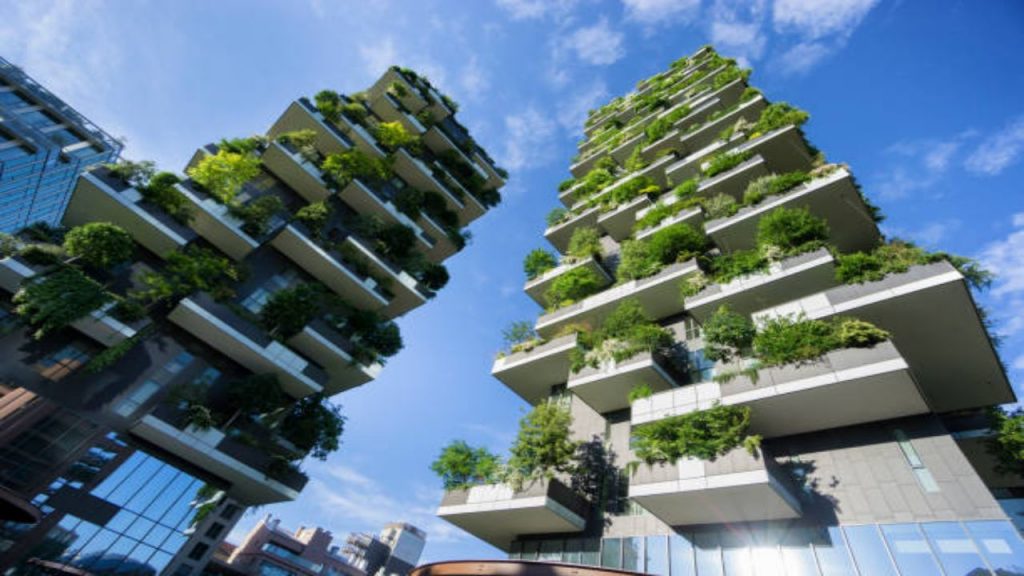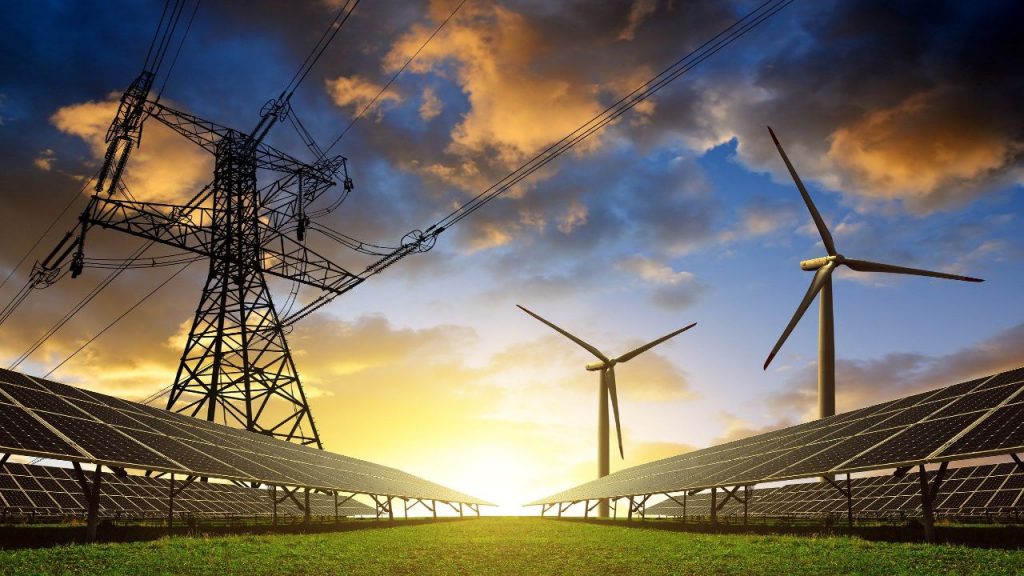The words eco-friendly and sustainability have several meanings. They mean different things in different walks of life and in different sectors. This article will take you through sustainable construction and effective ways to make your building more sustainable.
In the true essence of the word, sustainability is a simple concept. It is a way of life, a way to coexist with nature and the biosphere without harming it or depleting its resources to the point of extinction. Sustainability includes being eco-friendly. But to be sustainable means living in such a way that we think about the future, and leave enough for future generations.
Sustainability as a way of life is incorporated into sectors in many developing and developed countries and societies. Eco-friendly home living and sustainability is such a huge part of our existence these days. This encourages people to come forward with small contributions to the global movement towards sustainability.

The race of sustainability in construction
Architecture and construction are one of the most energy intensive sectors in the world. It requires labour, machinery and material unparalleled by any other sector with similar growth rates. As eco-friendly and sustainable ideas introduces into the construction industry, it is only natural that the builders and architects of today will implement these in their practice, because the alternative is dire.
In this day and age, eco-friendly practices are hailed for their innovative techniques. They will amass social attention and critical acclaim. Today, to be eco-friendly is a race against time. It is a race against reducing resources and changing climate; it is a race for survival.
“The best way to predict future is to create it.” -Peter Drucker

5 steps to ensure you are building in a sustainable way
That being said, architecture and construction can have a make or break effect on the global eco-friendly and sustainability movement. It can either be the biggest contributor to positive change. Otherwise, it can cause major wastage and energy loss. Now, we shall look into some of the sustainable methods of construction.
1. Know your site
Site selection is the first aspect of construction. Ideally, the site selected needs to be stable enough to bear the weight of the building to be planned on it. This will remove the need for deep foundations and excavations which are harmful to the environment. This, in turn reduces the overall project cost by a large amount.
Another issue an architect will face is contours. The most common solution to a slope is to cut and fill it. This disrupts the natural drainage pattern of the environment, causes soil erosion and sometimes even flooding. The site we choose should not be an endangered animal habitat, or a wetland. It should not cause severe deforestation or environment issues like loss of biodiversity, forest fires, etc. The site you choose should be easily accessible. It should ideally have water readily available.
2. Know your building
The construction project you undertake will obviously impact everything in its near vicinity. If it is a project of the sizeable area, it will impact the environment on a macro level also. The easiest way to make it more sustainable and energy-efficient is passive sustainable design.
Passive design is design that makes use of climatic factors such as wind and sunlight. These factors help to control and maintain temperature comfort within the building. With good passive design, you can reduce the need for artificial cooling, lighting and heating. At times, it can be even eliminated completely. Some examples of passive design include:
- Orienting the building towards wind and away from the hot setting sun in the southwest
- Introducing courtyards, green spaces and reflection pools for evaporative cooling
- Use of louvers, lattice walls and effective shading.
- Stack ventilation to increase airflow and ensure cooling
- Traditional sloping roofs with attic to reduce heat
The material usage also plays an important role in thermal induction and heat gain.
3. Renewable energy
Renewable energy is an important aspect of sustainability. Making your home sustainable in the long run would be difficult without renewable energy sources. The most common and widely accepted form of renewable energy is solar energy.
Every house in India will have the space to install at least one solar panel. Yet, most people do not even think about it. Solar energy is the most easily accessible form of renewable energy for the common man. Another renewable source of energy that can easily be harnessed in a building is wind energy. You can also use these with reference to the already mentioned passive design too.
4. Material choices
The building you construct should ideally have sustainable materials that you either produce with strict eco-friendly guidelines and low carbon footprint, or with recycled or eco-friendly raw products. Recycled products are those that are reclaimed from old or destroyed buildings. Hence, they do not require energy expenditure to be manufactured. Keep in mind that eco-friendly home may be expensive but it lasts longer.
Even if the designer chooses to go for new materials, they should look for materials that will renew themselves in the shortest span of time. Also, the materials which require manufacturing processes with minimal carbon footprints. The best example of this is wood from fast-growing grasses such as bamboo.
5. Construction practices
The architect should ensure that the entire process of construction goes without a hitch and no delays. Every hour of delay causes machines idling and man-hours wasted. This, in result, can have a negative impact on the idea of the construction.
The supervisors should ensure that there are no issues with any of the instructions or drawings issued to the site. This can greatly reduce the possibility of rework and wastage of material. The clients should be aware of what is happening at site at all times and should know what finish is going where so that there are no surprises and mix-ups.
“Unless someone like you cares a whole awful lot, nothing is going to get better. It’s not.” ― Dr. Seuss

Sustainable construction is a widely misunderstood concept. The common man assumes that being sustainable involves spending more on construction. Sustainability is often mistaken for poor living or living minimally. Employing these ideas in your home is cost-effective, energy-efficient. Also, it’s the smarter way to live during these troubled times, with climate change and global warming.
Building an eco-friendly home and saving our planet for future generations does not mean you have to compromise on your wishes. Several methods of construction may be mildly higher in its pricing. Still, it will become commonplace and more readily available once the truth hits the masses. That is, we have no Planet B, and that this is our only chance at recovery.
What are the ideas you follow to make your building more sustainable? Please share it in the comment box.